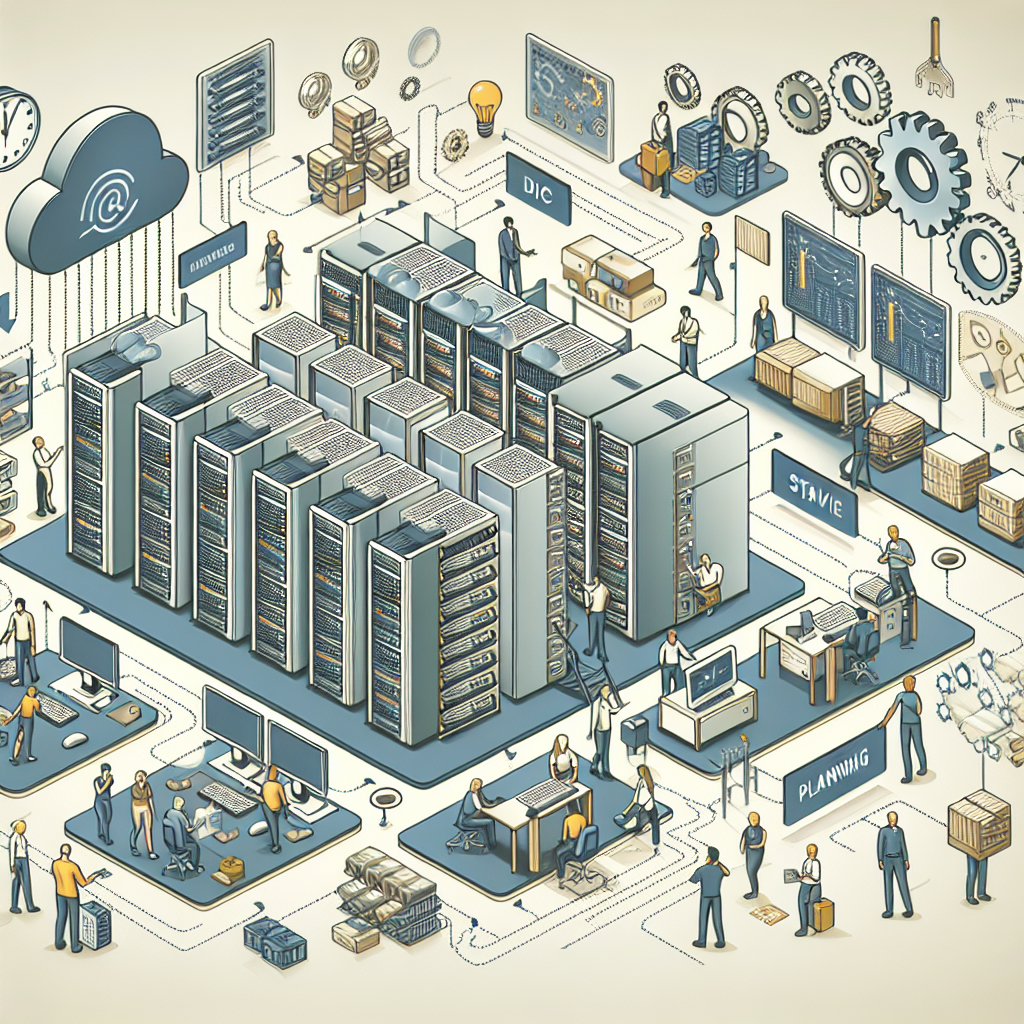Data centers are the backbone of modern businesses, providing the infrastructure needed to store, process, and manage vast amounts of data. As technology continues to evolve at a rapid pace, it is important for organizations to have a comprehensive plan in place for managing the lifecycle of their data center assets. In this article, we will discuss key considerations for data center lifecycle management and how organizations can effectively plan for the future.
One of the first considerations for data center lifecycle management is understanding the current state of your data center assets. This includes conducting a thorough inventory of all hardware, software, and other components that make up your data center infrastructure. By having a clear understanding of what you have, you can better plan for upgrades, replacements, and other necessary changes in the future.
Another key consideration for data center lifecycle management is establishing a maintenance schedule for your data center assets. Regular maintenance is essential for ensuring that your data center operates efficiently and reliably. This includes performing routine inspections, testing, and upgrades to keep your equipment running smoothly and prevent costly downtime.
In addition to maintenance, organizations should also consider the security of their data center assets. With cyber threats on the rise, it is essential to implement robust security measures to protect your data center from unauthorized access, data breaches, and other security risks. This may include implementing firewalls, encryption, access control measures, and other security protocols to safeguard your data center assets.
As technology continues to evolve, organizations must also plan for future upgrades and expansions to their data center infrastructure. This may include adding new hardware, software, or other components to support growing data storage and processing needs. By having a clear roadmap for future upgrades and expansions, organizations can better anticipate their data center needs and plan accordingly.
Finally, organizations should consider the environmental impact of their data center assets. Data centers are known for their high energy consumption, which can have a significant impact on the environment. By implementing energy-efficient practices, such as using virtualization technology, optimizing cooling systems, and utilizing renewable energy sources, organizations can reduce their carbon footprint and lower their operating costs.
In conclusion, data center lifecycle management is an essential aspect of ensuring the long-term success of your organization. By considering key factors such as inventory management, maintenance, security, future upgrades, and environmental impact, organizations can effectively plan for the future and ensure that their data center assets continue to support their business needs. By taking a proactive approach to data center lifecycle management, organizations can maximize the efficiency, reliability, and security of their data center assets for years to come.


Leave a Reply